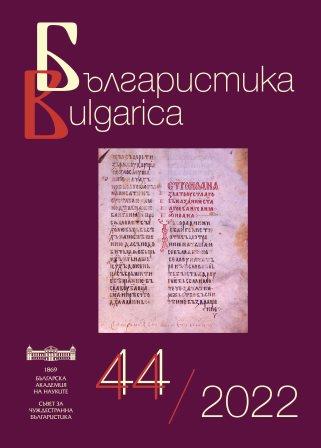
We kindly inform you that, as long as the subject affiliation of our 300.000+ articles is in progress, you might get unsufficient or no results on your third level or second level search. In this case, please broaden your search criteria.


В статията се представят в съпоставителен план възможностите за образуване на инхоативни глаголи от предикатите за състояние в българския и руския език. Разглежданите словообразувателни модели са застъпени в много по-висока степен в българския език, но и в двата езика аспектологичните характеристики налагат съществени ограничения по отношение на съчетаемостта на глагола с префикс с начинателно значение. В българския език възможността за образуване на инхоативи от даден предикат може да послужи като надежден диагностичен тест за принадлежността му към дадена онтологична категория в рамките на семантичната типология на предикатите.
More...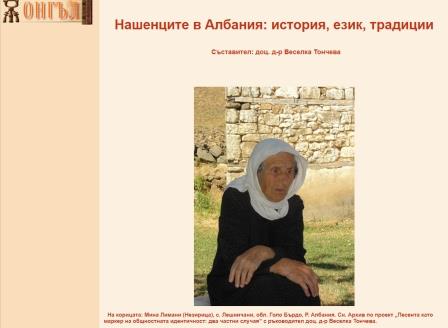
The text presents material from the speaking community about the blessings and good wishes, the Bulgarians of Boboshtica village (Republic of Albania). The collected material shows a well shaped and very rich category with blessings and good wishes to reveal important features of typological Boboshtica Bulgarians. They are loving, generous and positive emotional stressed. Wishes are associated with good wishes, good health for families, long and happy life, success and more.
More...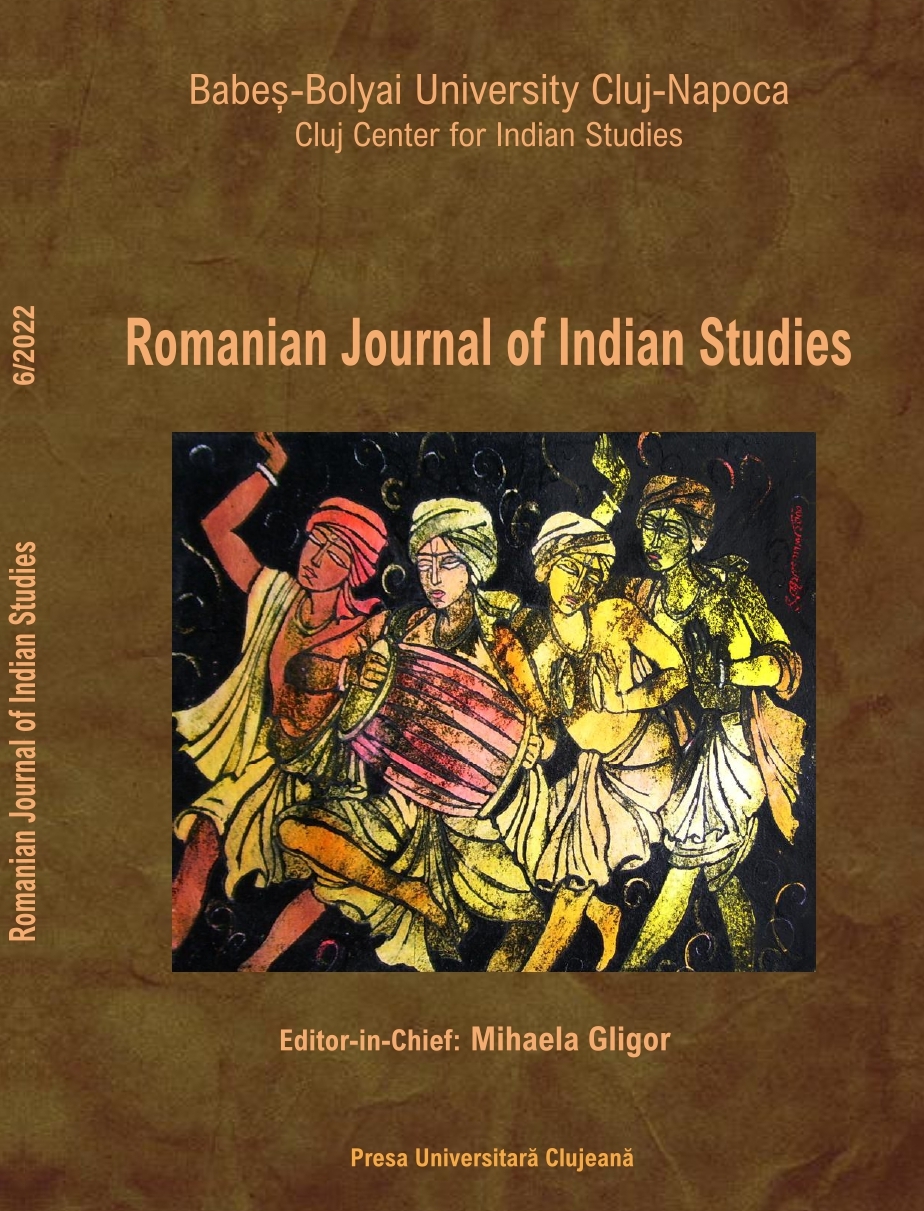
Between 20 and 25 of June, 2022, Professor Gayatri Chakravorty Spivak was guest of Babes Bolyai University Cluj-Napoca. In her Romanian trip, she was accompaniated by her sister, Professor Maitreyi Chandra. The two of them offered a wonderful talk, on June 22, On Women’s Education in India. The audience had the opportunity to learn details about the educational system of India and how it changed during time. Their dialogue was transcribed by Georgiana Nicoara, PhD student at the Faculty of Letters, Babes-Bolyai University, Cluj-Napoca.
More...
Review of: Malini Bhattacharya and Abhijit Sen (Eds.), Talking of Power. Early Writings of Bengali Women, New Delhi, Sage Publications India, 2021, 181 pp., ISBN: 978-93-81345-81-8.
More...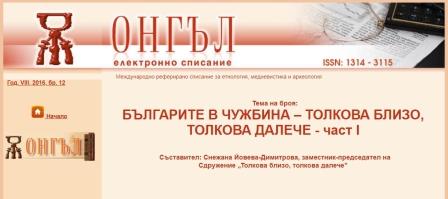
The paper studies the lexemes for domestic animals in Bulgarian dialects in Albania. Thedifferent dialectal lexemes as well as phonetic characteristics and features of word formationare described.
More...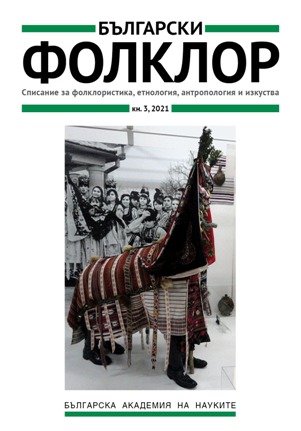

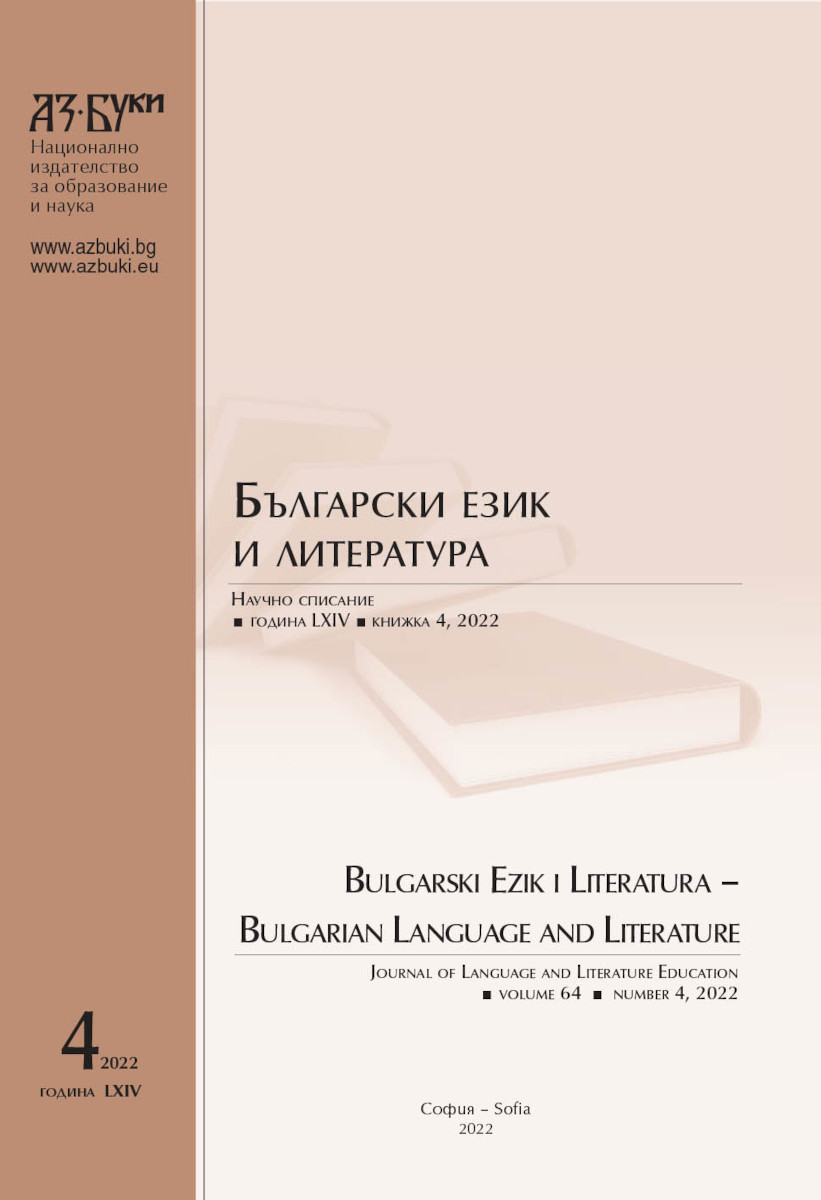
The article is devoted to the work of the Bulgarian writer of the XXth century, Angel Karaliychev. In the second half of the XXth century, his most famous fairy tales and stories for children were translated into Russian, including the collection “Bulgarian Folk Talesˮ in two volumes. In the Soviet Union, Karaliychev's fairy tales were included in collections of fairy tales of Slavic peoples and represented Bulgarian folklore in collections of fairy tales of the peoplesof the world published in Russian. Despite the fact that the last book edition of Karaliychev's fairy tales in Russian appeared in the 1980s, his works continue their life in the new century in electronic format, on the Internet. Karaliychev's fairytales, addressed to children 4 – 10 years old, tell about eternal values in a language understandable for children, they also introduce to children and adults the realities of Bulgarian life, the heroes of Bulgarian folk tales, expanding the horizons of the Russian reader.
More...![«[Слово] надгробное... Kипріану...» by Gregory Tsamblak: Linguistic and Stylistic Features of the Work](/api/image/getissuecoverimage?id=picture_2022_69771.jpg)
The article analyzes the linguistic and stylistic features of the work entitled «[Слово] надгробное... Кипріану...» by Gregory Tsamblak, proclaimed by the metropolitan in Kyiv around 1409. The text is characterized by a high level of verbal and artistic skill. The author uses traditional means of depiction, acts as an innovator, applying a whole system of linguistic means: units of the lexical level, artistic tropes (figures of speech): linguistic repetitions, antonyms, epithets, metaphors, comparisons. Through the use of structurally similar words and typical syntactic constructions, the artist achieves the creation of a certain architectonics of the sacred text and its rhythmization. They help to emphasize the closeness of Gregory Tsamblak to his spiritual father Cyprian, to exalt his activities, and to express the depth of the loss of his mentor. The distinctive signs of the ‘word-weaving’ style, revealed in the work, testify not only to its affiliation to the high style of religious writing, but also increased attention to the inner world of man, which corresponds to the ideas of hesychasm of that time.
More...
The article focuses on the process of mixing languages (translanguaging) in the public inscriptions of Veliko Turnovo. There are two main principles that presuppose the occurrence of mixed inscriptions and that structure the local landscape – the presentation-of-self principle and the good reasons principle. In this context translanguaged writing reflects the deliberate manipulation of the features of the two languages – English (in its variety as a global language) and Bulgarian (the local code) to produce hybrid language forms that evoke different connotations. The ethnographic analysis is carried out within the theoretical framework of Linguistic Landscaping Studies with a special focus on the indexability of the material world, code preference and feature analysis.
More...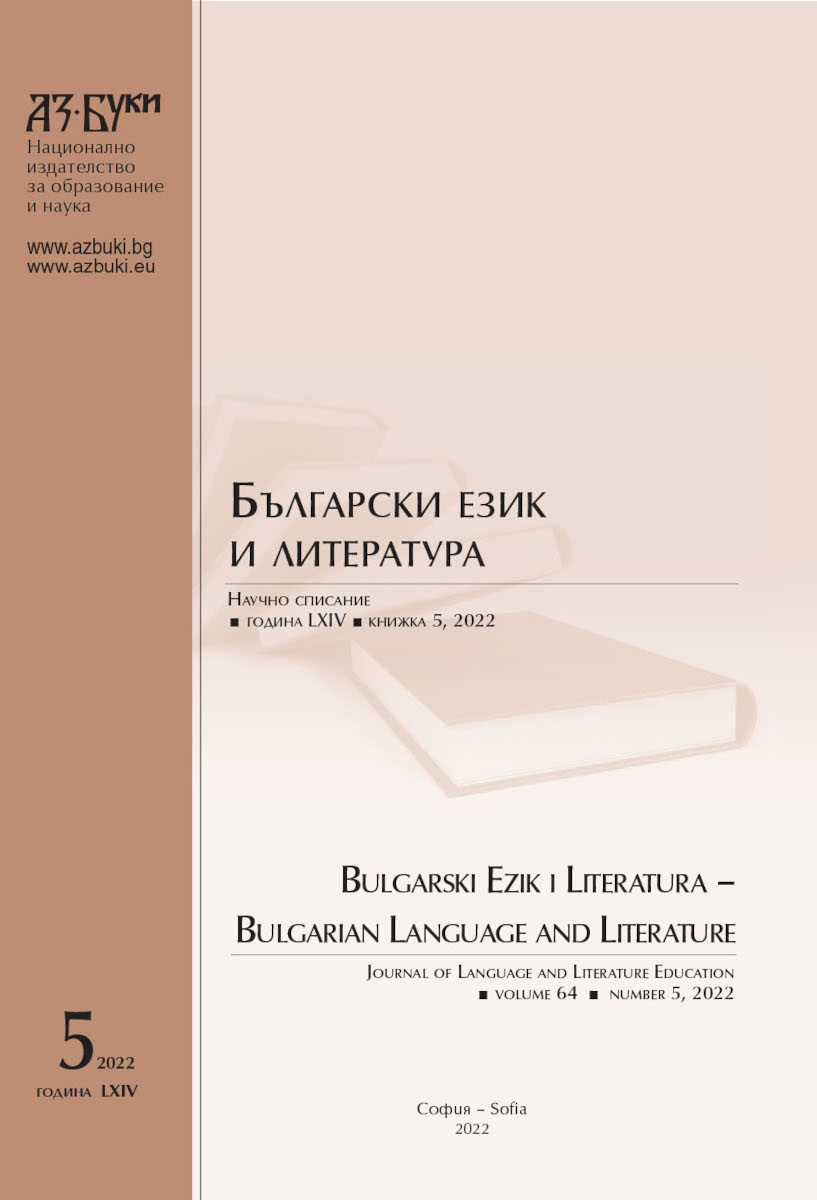
The present study is the first one that aims to present a comparative analysis of the bills for the use of the Bulgarian language introduced in the Parliament since 2004. The conclusion reached as a result of the comparative analysis is that the texts of the bills have quite a lot in common rather than having differences in terms of both the main ideological positions and the weak points that prevented the adoption of such a law over the years. In addition to this, the conclusions impose the idea that a qualitatively new approach is needed in the drafting of the normative act– the law on the Bulgarian language should regulate a unified state language policy to protect the language as the basis of national identity and thus to encourage the development of education, science and culture in the Republic of Bulgaria.
More...
The subjunctive mood has been widely discussed from the perspective its selection in complements of volitional, directive and emotive-factive predicates (Picallo 1984, Raposo 1985, Ambar 1988, a.o.). Subjunctive questions and other type of subjunctive main clauses, on the other hand, have not been subject to much systematic research. Some works (Ambar 2016, Giannakidou 2016) suggest that, in main clauses, the selection of the subjunctive mood codifies the expression of the speaker’s evaluations. In line with this view, we discuss the syntactic expression of the Bulgarian dali-questions which do not consist in true requests for information but rather display a flavour of wondering encoded in the occurrence of dali and its morphological make up combining the subjunctive particle da and the interrogative particle li. Considering the properties of the Balkan subjunctive particles, we discuss the syntactic expression of Bulgarian dali-questions building on previous analyses of Bulgarian yes-no questions (Dimitrova 2020).
More...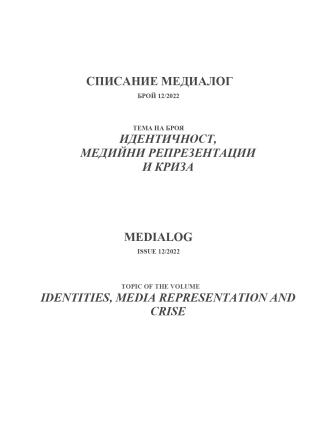
National identity in Bulgarian socialist cinema and especially in the films of the program 1300 years of Bulgaria is understood mainly as a plot – to reflect events from our native history and way of life. Very cleverly, they glided over only those events that, even in their drama, are positive for our self-esteem. But the constructive direction was in the films about migration and guilds as a native modification of the results of industrialization and modernization. In the time of transition, national identity appeared as a problematization – ethnic minorities, ideological, religious, and other repressions came into focus. I define the third stage of identity as confusion. There is no magnetic energy, innovative ideas, deep truth, and sincerity – the screen is 18 percent gray.
More...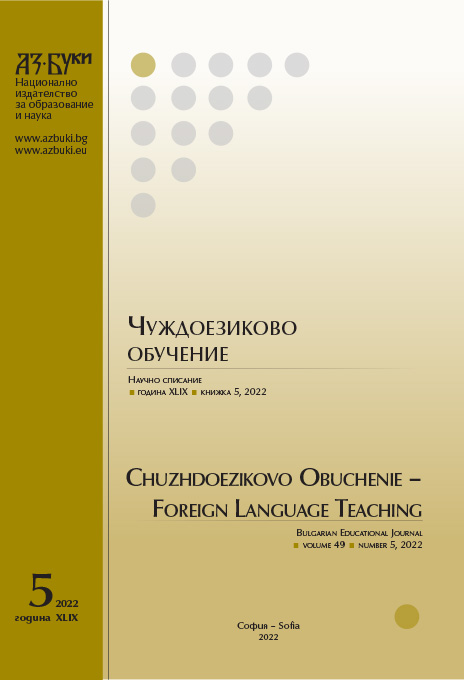
The article presents an analytical review of the available bilingual dictionaries (Bulgarian-English and English-Bulgarian) that were used during the Bulgarian Revival for English language teaching. A quantitative analysis of the dictionaries is made, with special attention paid to the selection of the vocabulary included in them. The specific features of the appendices placed at the end of the dictionaries are discussed. The characteristics of the dictionaries are examined from a linguistic and philological perspective.
More...
The article examines the interaction of the Balkan peoples in the composition of multinational empires. Widespread multilingualism and frequent switching from one language to another eventually led to the formation of the Balkan Linguistic Union. With the rise of national consciousness in the 19th century and the change of political configuration, the process of convergence of the Balkan languages was interrupted. Moreover, individual regional dialects of some languages, once united by a common name, took on a life of their own. But there is also a reverse process, languages artificially separated for political reasons are regaining their former integrity.
More...
The article examines the life and work of Italo Calvino, a writer with a huge contribution to Italian literature. His life path, political and moral views are examined. The text analyses Calvino’s work and how his life experiences influenced him.
More...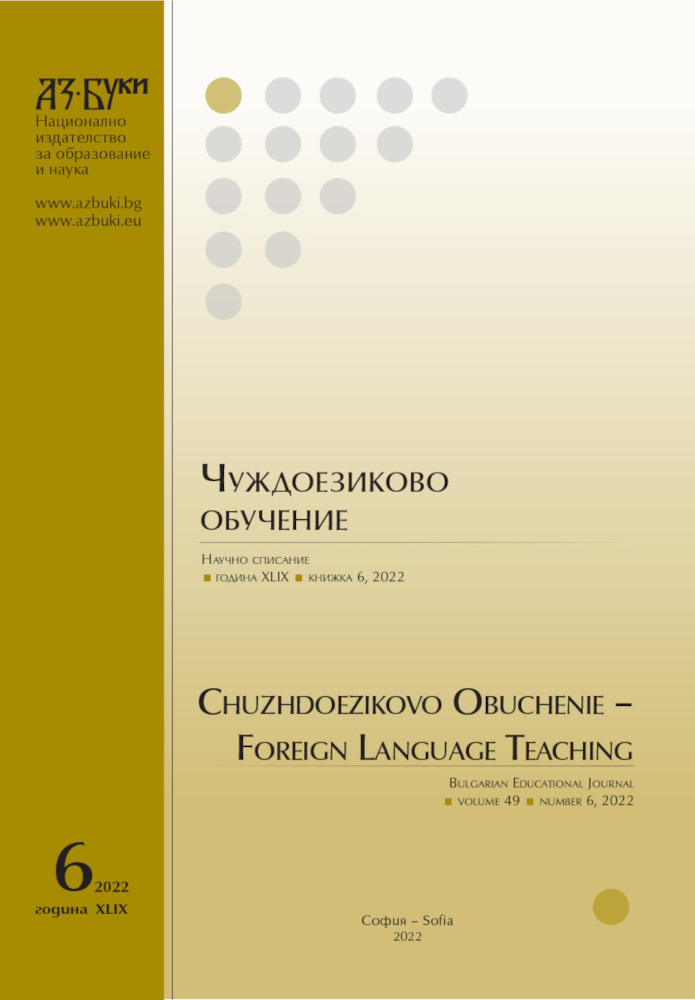
The article examines the breakdown of Roman Jakobson on the autonomy of linguistics and its relations with the other human sciences. Yakobson picks up and develops Sapir’s idea that the modern linguist cannot confine himself to his traditional field. He interprets autonomy and integration as two mutualy complementary concepts.
More...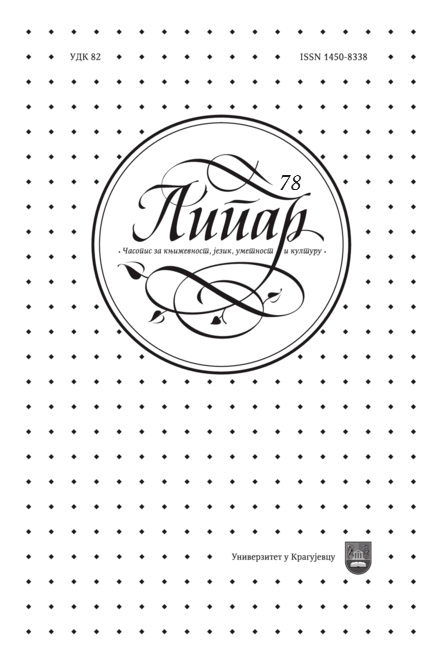
In this paper, we consider the phenomenon of fictionalization of the theme of the Goli otok in novels (mostly written by women), as a kind of collective and ideological trauma, which has been a taboo topic in socialist Yugoslavia for more than 40th years. Biljana Jovanović (Duša, jedinica moja, 1984) and Boba Blagojević (Skerletna luda, 1991) started the topic of Goli otok in a women’s ideological novel and after that the topic of IB Resolution continued through different genres: publicist- memoir work (Ženi Lebl), autobiographical novel (Vera Cenić), or a real postmodern novel by Milka Žicina (Sve, sve, sve, 2002), all the way to a modern novel, with a fictional protagonist, which combines all the experiences of the Goli Otok`s victims (G. Zalad, Plava tišina, D. Grossman, Život se sa mnom mnogo poigrao). We divide the origin of these novels into the works of women writers who personally experienced torture of Goli otok (Ž. Lebl, V. Cenić, M. Žicina, Eva Panić), and those who were born much later, dealt with this topic completely through the fiction (G. Zalad, D. Ilić, D. Grosman). V. Cenić and M. Žicine also created several impressive literary heroines, whose degree of fictionalization we have specifically analyzed here as literary heroines (Brana Marković, Dragica Srzentić, Slavka Pogačarević, Eva Panić Nahir), as well as the type of antiheroine in the character of Marija Zelić, the warden of the camp on Goli Otok. These are works whose literary qualities should be much more present on our literary scene, and with a good film adaptation they should enter a much wider, public reception, especially since film as a medium is the main subtext of two modern novels about Goli Otok (G. Zalad, D. Grosman).
More...
Die Idee, dass die Kolonisation notwendig ist, um die deutsche Identität zu festigen, wurde im deutschen literarischen Diskurs Seite an Seite mit der Eroberung Afrikas und der Umsetzung der gewalttätigen Kolonialpolitik des Deutschen Reiches umgesetzt. Obwohl das Deutsche Reich mit der Unterzeichnung des Versailles Vertrags im 1919. seine Kolonien verlor, blieb noch weiter die Hoffnung, dass die Macht in ehemaligen Kolonien wiederhergestellt wird. Kolonialfantasien und und die Gedanken über die Eroberung eines neuen Raumes für das deutsche Volk wurden durch zahlreiche Flugschriften, Zeitungsartikel, sowie populäre Werke der Kolonialliteratur populär gemacht. Der Beitrag gibt einen Überblick über die Entwicklung der deutschen Kolonialliteratur mit dem Ziel, das Fortbestehen der Idee der Kolonisierung und Rassenungleichheit aufzuzeigen, die trotz historisch- sozialer Turbulenzen den deutschen literarischen Diskurs in der ersten Hälfte des20. Jahrhunderts maßgeblich prägte.
More...